mobile View, to the German Version tap the flag
![]()

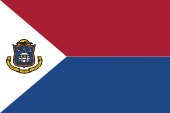

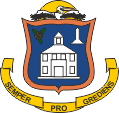
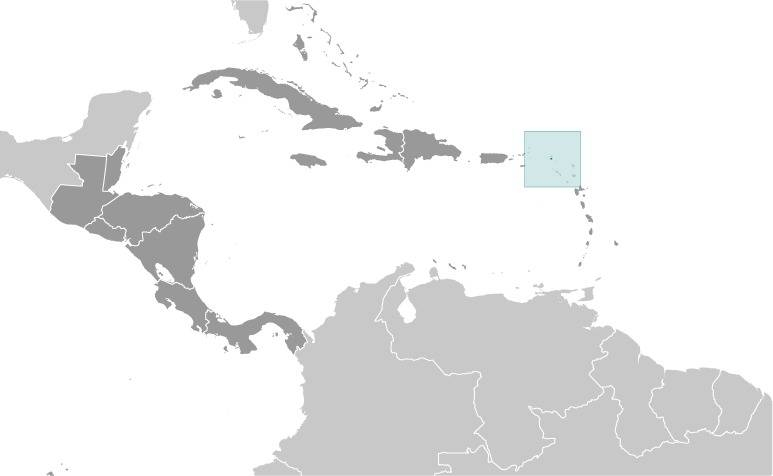
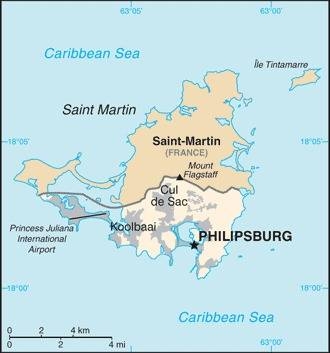
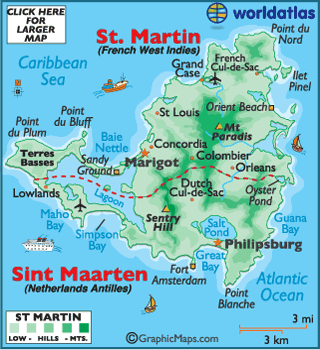
1493 · Christopher Columbus discovers the island on 11th of November, the day of St. Martin, and calls it "Isla de San Martín"
1625 · founding of a French settlement
1631-1633 · St. Martin's colony of the Netherlands
1633 · St. Martin is a colony of Spain
1638 · founding a Spanish settlement
1648 · founding of a French settlement
23rd of March in 1648 · official division of the island between France and the Netherlands
1651-1665 · the French part of St. Martin is a fief of the Order of Malta
1672-1679 · the French part of St. Martin is occupied by England
1679-1689 · the entire island is occupied by France
1689-1792 · the Dutch part of St. Martin is under administration of the Dutch West India Company
1690-1699 · the entire island is occupied by England
1699-1702 · the entire island is occupied by France
1702 · the official French part of St. Martin is occupied by United Kingdom
1703-1713 · the French part of St. Martin is occupied by the Netherlands
1744-1748 · the French part of St. Martin is occupied by United Kingdom
1759-1763 · the French part of St. Martin is occupied by United Kingdom
1779-1781 · the entire island is occupied by France
1781 · the entire island is occupied by United Kingdom
1781-1784 · the French part of St. Martin is occupied by United Kingdom
1793-1794 · the entire island is owned by the Netherlands
1794-1795 · the French part of St. Martin is occupied by United Kingdom
1795-1801 · the entire island is occupied by France
1801-1802 · the entire island is occupied by United Kingdom
1810-1816 · the entire island is occupied by United Kingdom
1816 · official restore the division between France and the Netherlands
1828 · The Dutch part of St. Martin, Aruba, Bonaire, Curaçao, Saba, Sint Eustatius, and Dutch Guiana become combined as Dutch West India and subordinated to the governor of Dutch Guiana as Governor General
1848 · The Dutch part of St. Martin, Aruba, Bonaire, Curacao, Saba, Sint Eustatius are called "colony Curaçao en onderhorigheden" (Colony of Curaçao and Dependencies)
1936 · the Dutch part of St. Martin officially takes over the Dutch spelling "Sint Maarten" as name of the country
1948 · the "colony Curaçao en onderhorigheden" is renamed to "Netherlands Antilles"
1954 · the Netherlands Antilles are an autonomous part of the Netherlands
1994 · referendum in Sint Maarten in favor of remaining in the Netherlands
2000 · referendum in Sint Maarten in favor of a separate status within the Netherlands
2006 · Sint Maarten and Curaçao receive a separate status within the Netherlands
10th of October in 2010 · the Netherlands Antilles are dissolved, Sint Maarten becomes an autonomous country of the Netherlands
Source:
World Statesmen,
Wikipedia (D),
Discovery '97
![]()
